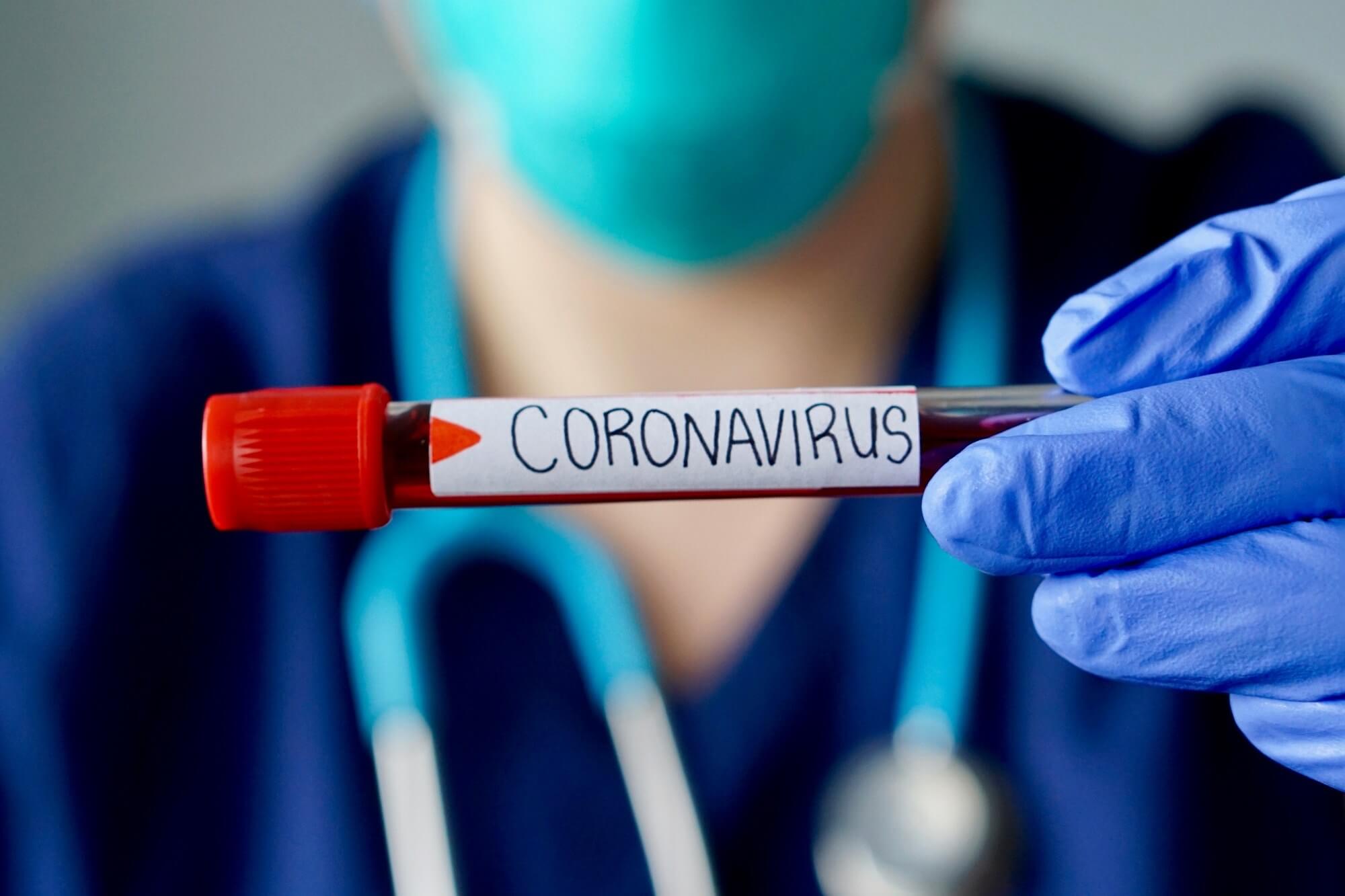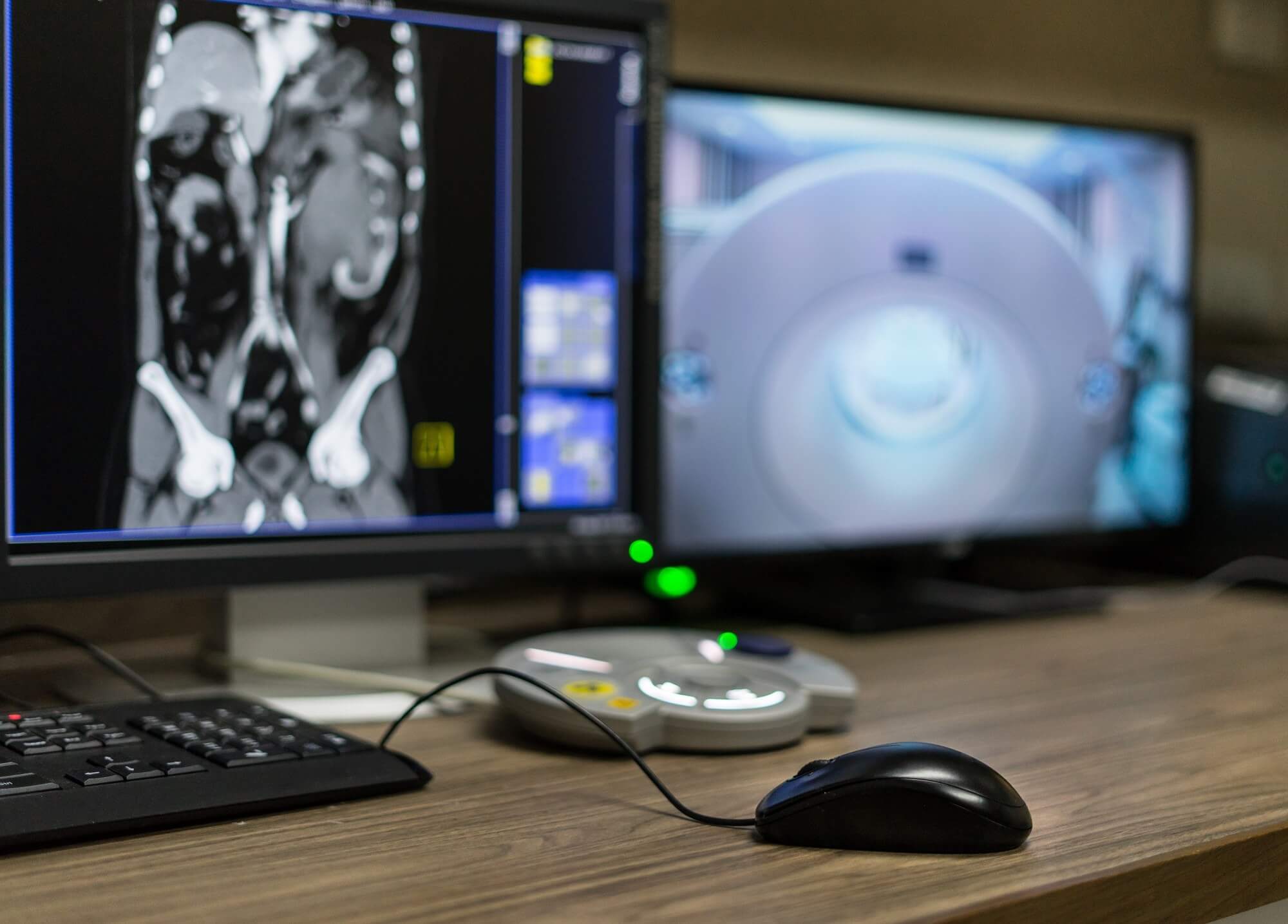In a nutshell: Alibaba might be best known as China’s version of Amazon, but it’s more than just an e-retailer. The company has developed an artificial intelligence that can identify the novel coronavirus with 96 percent accuracy and much faster than a human.

Nikkei Asian Review reports that the diagnoses algorithm was developed by Alibaba's research institute Damo Academy, which it established in 2017. It’s been trained on more than 5,000 confirmed coronavirus cases and can identify differences in CT scans between patients infected with COVID-19 and those with ordinary viral pneumonia with 96 percent accuracy.
The AI could be especially helpful because of the speed at which it can make a diagnosis. It can complete the identification process in 20 seconds, while a doctor will usually take between five and 20 minutes to analyze a CT scan, and they can sometimes include more than 300 images.
The algorithm’s creators said it also includes “the latest treatment guidelines and recently published research.”

Alibaba said more than 100 hospitals would adopt the system in the provinces of Hubei, Guangdong, and Anhui, all of which have seen a high number of infections.
Being able to diagnose accurately those with novel coronavirus at a faster pace could ease the pressure on hospitals in China, which are overwhelmed with patients. It could also allow staff to spend more time treating the infected.
In the most recent tech-related coronavirus news, we heard that Apple has been sending care packages (that include iPads) to employees stranded in China. The virus has also caused Galaxy S20 sales to be 50 percent lower than the S10 in South Korea.
Image credit: SamaraHeisz5 and pang_oasis via Shutterstock
https://www.techspot.com/news/84219-alibaba-develops-ai-can-identify-coronavirus-infections-96.html